
Culture
There’s a golden horse joining the Terracotta Warriors for the Grand National Festival
8 years ago

As Liverpool prepares itself for the annual Grand National Festival, the landmark 2018 exhibition China’s First Emperor and the Terracotta Warriors at Liverpool’s World Museum will reveal some exciting new additions today, including the Golden Horse of Maoling and other items from China’s Han Dynasty, on display in the exhibition until the end of the exhibition’s run on 28 October 2018.
The gilded bronze horse is more than two feet tall and is the largest ever found in China. Discovered at Maoling near the Mausoleum of Emperor Wu, the fifth ruler of the Western Han dynasty, it has been suggested that the burial pit in which the horse was found belonged to Princess Pingyang, who was the elder sister of Emperor Wu.
Fiona Philpott, Director of Exhibitions at National Museums Liverpool, said: “The horse became a symbol of power, wealth and status for the Chinese after it was domesticated around 6,000 years ago in central Europe and Asia. They were so precious to the great rulers of ancient China that they were buried with them for the afterlife. Liverpool also has a long equestrian history, playing host to the world renowned Grand National Festival since 1839, so the addition of the Golden Horse to the exhibition this week is very apt.
“The exhibition is doing extremely well, with a huge number of tickets having been sold already, but there’s still availability before the exhibition closes at the end of October, so people can experience the magic of the Terracotta Warriors and the Golden Horse of Maoling while they’re in Liverpool.”
MORE: Take a piece of the Terracotta Warrior Army home with this unique gifts from World Museum
The slender body of the Golden Horse and its muscles suggest it represents one of the finer breeds of horses Emperor Wu imported from Uzbekistan and Kyrgyzstan. These tall and beautiful horses were probably the ancestors of a number of modern breeds which are renowned for their speed, endurance and intelligence. They are famous for their shimmering coats, often golden in colour, which led them to be known as ‘golden horses’. Emperor Wu was obsessed with these strong and swift ‘heavenly horses’ and chose to be buried with them, as he believed they could help him defeat the nomadic tribes of the north and also bring him immortality.
As well as the Golden Horse, the exhibition will also welcome two new items. These include a bronze wine heater adorned with intricate patterns of the four Chinese spiritual creatures, as well as a bronze water clock, one of only five in the world. Alongside other items already on display, such as an incense burner, a bronze lamp and a mortar and pestle, these objects offer a glimpse into the everyday lives of citizens in Han Dynasty China.
These items mark an exciting addition to the Terracotta Warriors exhibition at World Museum. Spanning almost 1,000 years, this blockbuster exhibition tells the story of the formative years of the Chinese nation, from the pre-unification Qin Kings, to the rise of the Qin State and unification of China by the First Emperor, Qin Shi Huang in 221 BC, followed by the legacy of his achievements in the succeeding Han Dynasty (206 BC to 220 AD).
On display until 28 October 2018, the exhibition gives visitors the chance to see some of the world’s greatest archaeological discoveries, as well as being taken on a magical journey through China’s history, becoming immersed in the world of the Terracotta Warriors. Visitors to the exhibition come face to face with Warriors from the burial complex of the first Emperor, and witness a vast range of other exquisite objects from the Qin and Han dynasties; some of which have never been displayed in the UK before.
Tickets are priced from £14.50 for adults and £5.50 for children aged between 6 and 17 years. Children aged 5 years and under go free and there are a number of additional concessions. National Museums Liverpool members get free unlimited access to the exhibition. Further details of prices and how to book tickets can be found at www.liverpoolmuseums.org.uk/


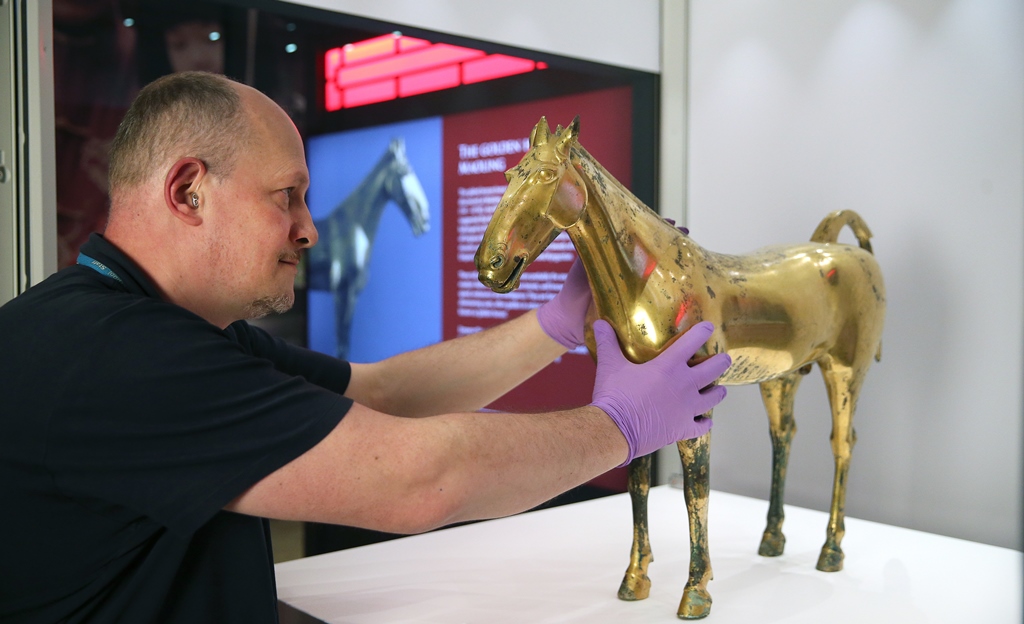
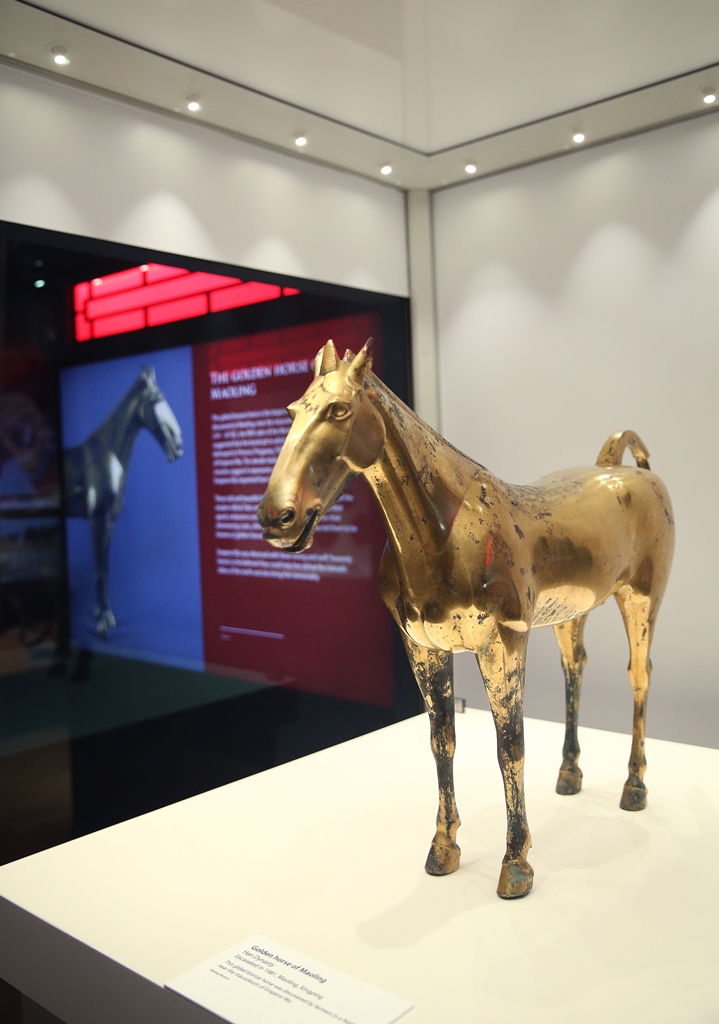
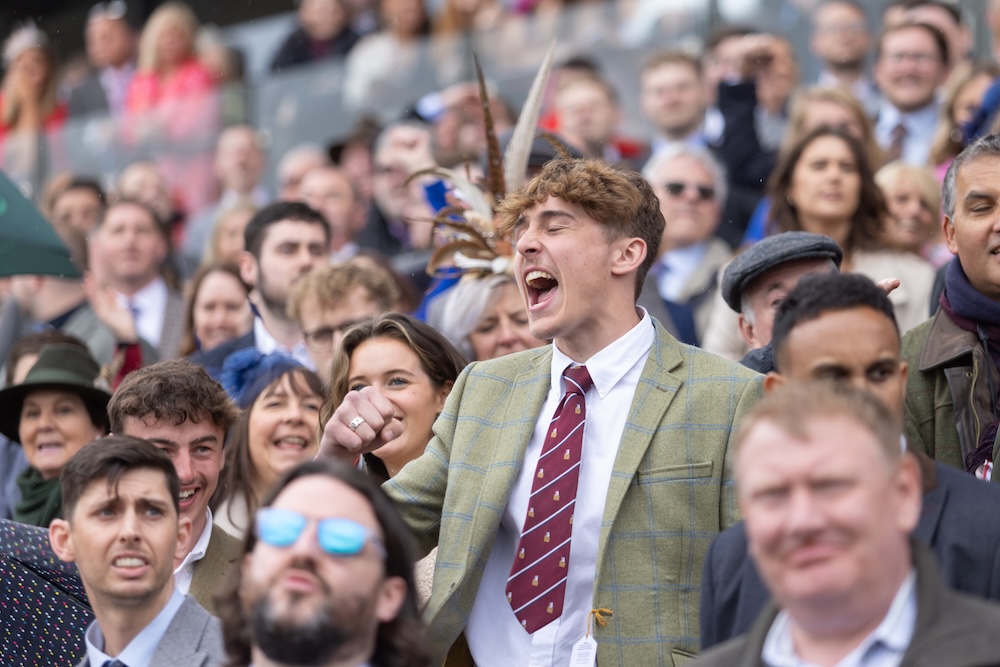

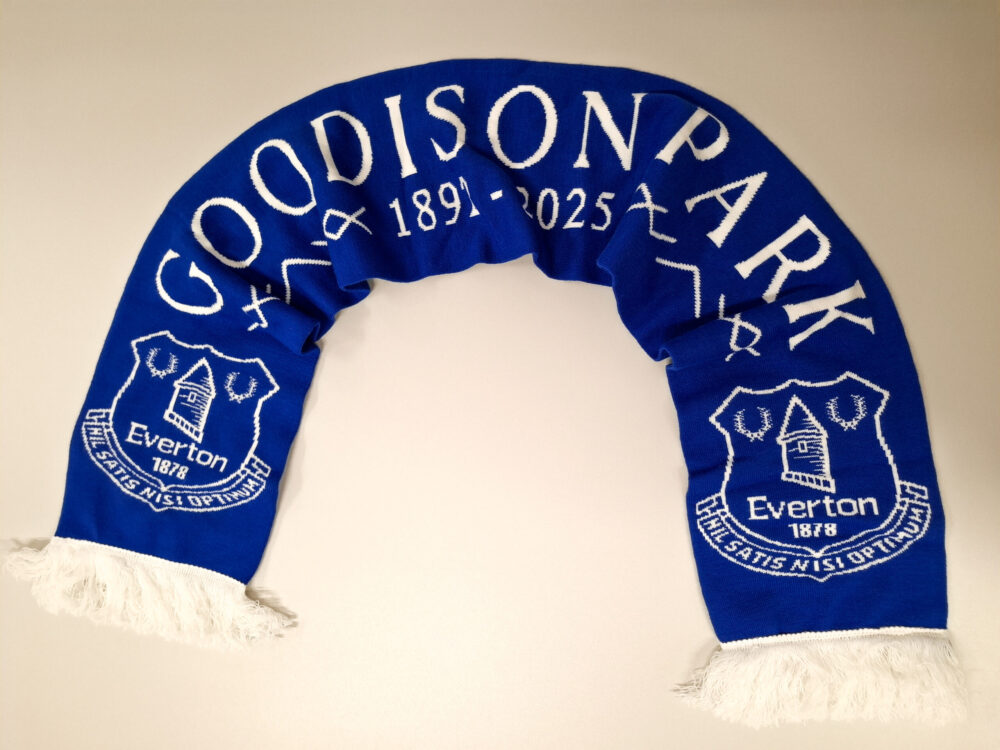
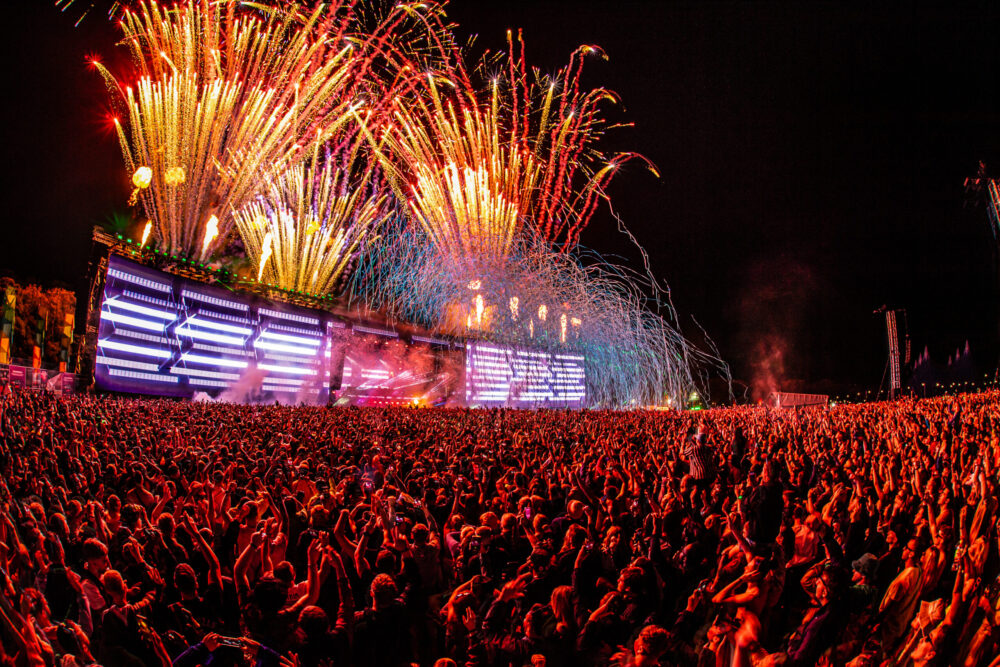
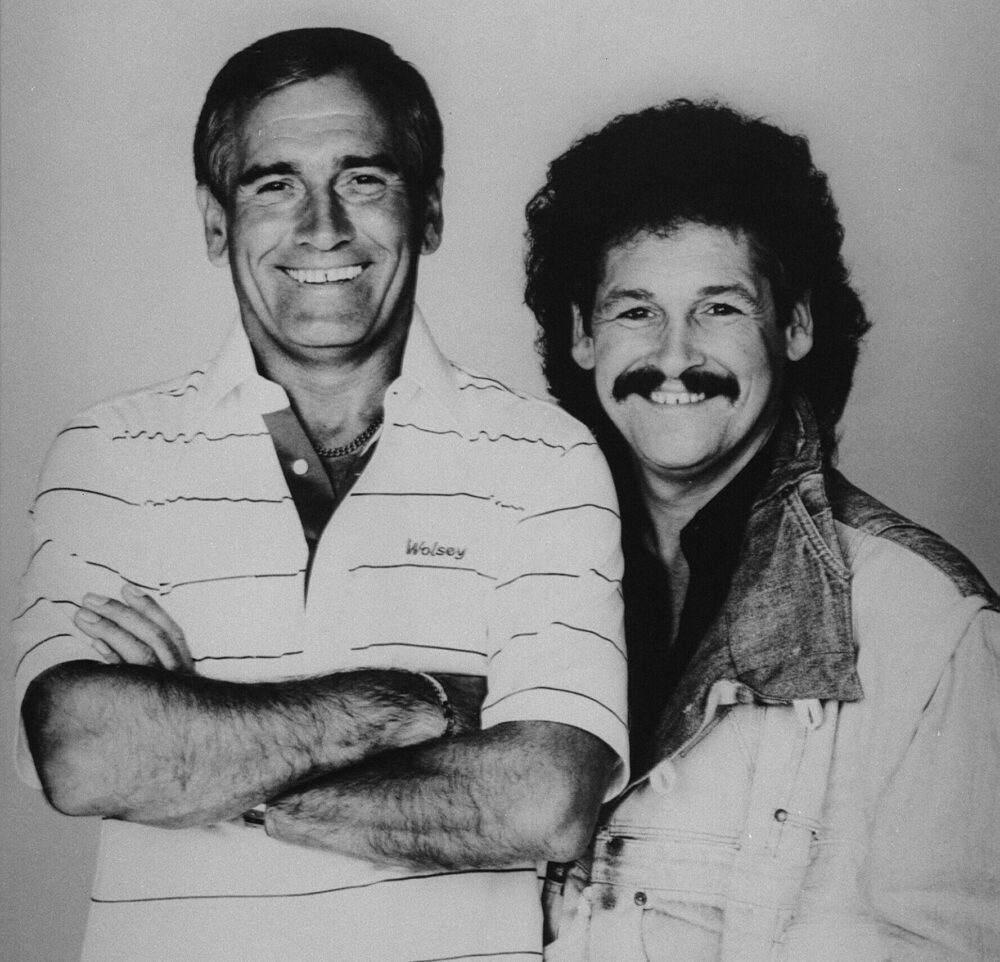


 Subscribe
Subscribe Follow Us
Follow Us Follow Us
Follow Us Follow Us
Follow Us Follow Us
Follow Us Follow Us
Follow Us











